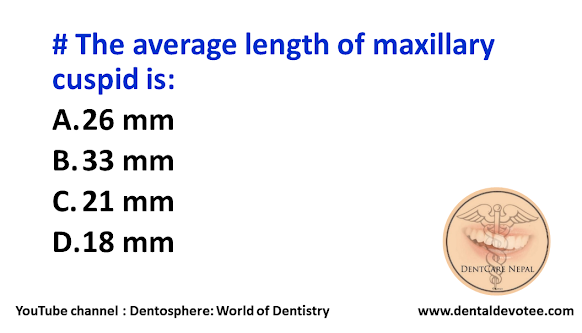# Reduction of flow of saliva is not generally seen in:
A. Elderly diabetes
B. Patient undergoing radiation
C. Patient suffering from parkinsonism
D. Patient of Phenothiazine drugs
The correct answer is C. Patient suffering from Parkinsonism.
Xerostomia : It is the subjective clinical condition of less than normal amount of saliva. It is dryness of mouth, which is a clinical manifestation of salivary gland dysfunction.
Causes:
- Radiation induced
- Pharmacologically induced xerostomia—there are about 500 drugs which can cause xerostomia. The classes of drugs which cause xerostomia include anticonvulsants, antiemetics, antihistaminics, anti-hypertensives and antispasmodics. The mode of action for decreased salivary flow is generally related to the para-sympathetic activity, usually an antimuscarine effect.
- Smoking, Mouth breathing
- Developmental—developmental abnormalities of salivary glands, tumors, autoimmune states and certain diseases which affect afferent or efferent portions of neural transmission reflex
- Systemic alternations resulting in xerostomia
• Nutritional—certain deficiency states like pernicious anemia, iron deficiency anemia and deficiency of
vitamin A and hormones can cause xerostomia.
• Fluid loss—fluid loss associated with hemorrhage, sweating, diarrhea, vomiting.
• Diabetes mellitus—it is associated with xerostomia.
• Sjögren syndrome—xerostomia is also common in Sjögren syndrome.
• Other disease—systemic diseases, which are accompanied by high temperature and dehydration, usually result in diminished salivation. Xerostomia may also be found in HIV infection, sarcoidosis, and graft versus host resistance.




































